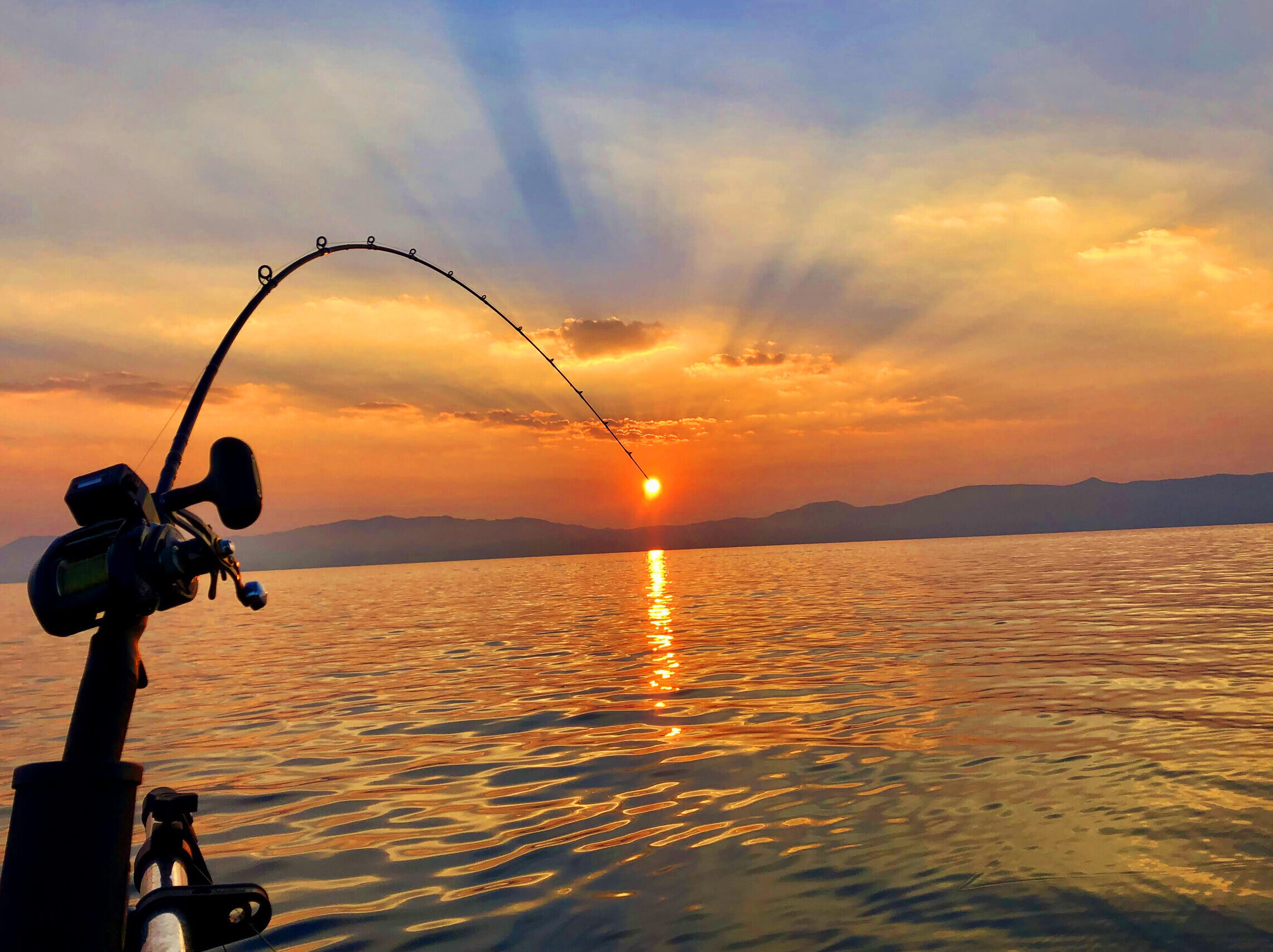Understanding fish behavior and feeding patterns is crucial for successful fishing. Fish are creatures of habit and adjusting their behaviors to their environment is key to catching them successfully. Knowing the basic urges and behavior patterns of fish, such as their habitat, food supply, and feeding patterns, can help anglers locate and catch them more effectively. Keeping a fishing log is an essential tool for elucidating patterns of gamefish feeding behavior and predicting their future occurrence, thereby improving the chances of success. Therefore, it is important for anglers to understand the significance of fish behavior and feeding patterns to increase their chances of catching fish.
Several factors can affect fish feeding patterns, including intrinsic and extrinsic factors. Intrinsic factors are related to the fish’s biology, such as its size, age, and health, while extrinsic factors are related to the environment, such as water temperature, light, and availability of food. Moreover, many fish swim in groups or schools, and solitary fish may concentrate when a feeding opportunity presents itself. Understanding these factors can help anglers predict when and where fish are more likely to feed, allowing them to adjust their fishing strategies accordingly.
Fish exhibit different types of feeding patterns, including cruising, ambushing, bottom feeding, and surface feeding. Each species of fish has its own unique feeding habits and adaptations, including fasting or starvation periods. Observing the behavior and feeding patterns of fish can help anglers determine the type of bait or lure to use and how to present it to the fish. For instance, some fish may be more attracted to live bait, while others may prefer artificial lures. In conclusion, understanding fish behavior and feeding patterns is essential for successful fishing, and anglers can improve their chances of catching fish by observing and adapting to these patterns.
Fish behavior and feeding patterns in freshwater bodies
Understanding the feeding patterns of freshwater fish is crucial for successful fishing. Fish behavior is influenced by various factors, including water temperature, weather patterns, spawning behavior, and food sources. By understanding these factors, anglers can predict where fish will be located and what they will be feeding on, allowing them to select the appropriate bait and fishing technique. Additionally, different fish species have unique feeding habits, which can be used to further improve fishing success. For instance, some fish are more active during certain times of the day or in specific water conditions, while others may be more attracted to certain types of bait. Therefore, understanding the feeding patterns of freshwater fish is essential for successful fishing.
Techniques for successful freshwater fishing involve identifying the feeding patterns of fish and selecting the appropriate bait and fishing technique. For instance, fly fishing involves using artificial flies that mimic the natural food sources of fish, such as insects or small fish. Additionally, fishing with live bait, such as worms or minnows, can be effective for attracting certain fish species. Understanding the feeding habits of fish can also help anglers determine the best time of day to fish and the most suitable fishing location. By combining this knowledge with the appropriate fishing technique, anglers can increase their chances of catching fish.
Common freshwater fish feeding habits include grazing on plants and algae, consuming insects or small fish, or scavenging for food. Some fish species, such as bass, are piscivorous, meaning they primarily feed on other fish. Additionally, fish may exhibit different feeding patterns depending on the time of day or water conditions. For example, some fish may be more active during low-light conditions, while others may be more active during the day. Therefore, understanding the unique feeding habits of different fish species can help anglers select the appropriate bait and fishing technique for a successful fishing trip.
Fish behavior and feeding patterns in saltwater bodies
Understanding the feeding patterns of saltwater fish is essential for successful fishing. Fish behavior is complex and can vary depending on the species, habitat, and environmental conditions. Many fish swim in groups or schools, while others are solitary. Some fish have specific feeding habits, such as feeding at certain times of the day or on specific types of prey.
It is important to understand these feeding patterns to determine the best time and location for fishing. Additionally, understanding fish behavior can help conservationists protect endangered species and their habitats.
Techniques for successful saltwater fishing depend on the species being targeted and the location of the fishing. For example, surf fishing requires different tactics than fishing from a boat in deeper waters. Factors such as water temperature, weather patterns, and food sources can also impact fishing success. It is important to research the specific species and location being targeted and use appropriate gear and bait to increase the chances of a successful catch. Additionally, understanding the feeding habits of common saltwater fish can help determine the best techniques to use.
Common saltwater fish feeding habits can vary widely. Some fish, such as striped bass, may slam a hard-plastic lure while bumping other lures. Other fish, such as tuna, may feed on small fish or squid and can be caught using live bait or lures that mimic their prey. Trawling disturbance can also impact fish feeding behavior and condition. Understanding these feeding habits can help determine the best techniques and bait to use for a successful catch. Finally, it is important to consider the impact of fishing on the overall health of the ocean’s ecosystems and to practice responsible fishing methods.
Advanced tactics for decoding fish behavior and feeding patterns
To successfully catch fish, it is important to understand their behavior and feeding patterns. Advanced techniques for decoding fish behavior include observing the environment and identifying the type of habitat preferred by the species of fish being targeted. Additionally, using a fishing log to track patterns of gamefish feeding behavior can help predict future occurrences and improve success rates. It is also essential to understand that fish display a schooling instinct and travel in schools when hunting for food or moving from one area to another, making it important to mark successful fishing spots for future reference. By utilizing these advanced techniques, anglers can better understand fish behavior and increase their chances of a successful catch.
Decoding complex feeding patterns is another important aspect of successful fishing. For example, understanding the primary feeding patterns of a species, such as catfish, can help anglers target trophy-size fish more effectively.
Additionally, identifying swarming activity and emergence patterns can be key to successful White Miller fishing. It is also important to note that fish can exhibit complex behaviors and patterns when hunting in groups, such as developing new senses that no individual fish possesses. By understanding these complex feeding patterns, anglers can better select the appropriate bait and fishing techniques to increase their chances of success.
Tools for tracking fish activity and behavior can also be useful in decoding feeding patterns. For example, manual or automatically generated fish tracks can be used to decipher underlying behavioral patterns of fish. Additionally, developing a feeding regime system that identifies fish behavioral activities can help determine when fish are hungry and provide them with precise bait and feeding times. By utilizing these tools in combination with advanced techniques for understanding fish behavior and decoding feeding patterns, anglers can significantly increase their chances of success on their next fishing trip.


